After two consecutive failed launch makes an attempt, the crewed Starliner capsule successfully launched on Wednesday, June 5, carrying two NASA astronauts to low Earth orbit. Boeing is testing the capsule’s functionality to move crews to the Worldwide Area Station (ISS), with Starliner docking on the ISS.
In improvement since 2010, Starliner is a part of a $4.3 billion contract with NASA. Maybe surprisingly, that is solely the sixth car owned or funded by the area company for use all through the company’s storied historical past.
The area company has been round since 1958, but solely a choose few spacecraft have transported NASA astronauts to area. Boeing’s Starliner now joins a fairly unique record; listed here are all of the spacecraft which have flown with NASA crews on board.
The Mercury capsule
On Could 5, 1961, Alan Shepard grew to become the primary U.S. astronaut to go to area on board the Mercury area capsule. The 15-minute suborbital flight was NASA’s first dipping of its toes into the celestial waters, with the principle goals being to evaluate human capabilities in an area setting and safely return astronauts to Earth.
Project Mercury, the primary American human spaceflight program, ran from 1958 by way of 1963. Within the picture above, Undertaking Mercury astronaut John H. Glenn, Jr. is seen getting into his Mercury Friendship 7 capsule earlier than launch on February 20, 1962. Glenn grew to become the primary U.S. astronaut to orbit Earth throughout his practically 5-hour flight. Glenn’s flight was cut short by a faulty signal indicating a problem with the heat shield, however he returned to Earth safely after three orbits.
The Gemini capsule
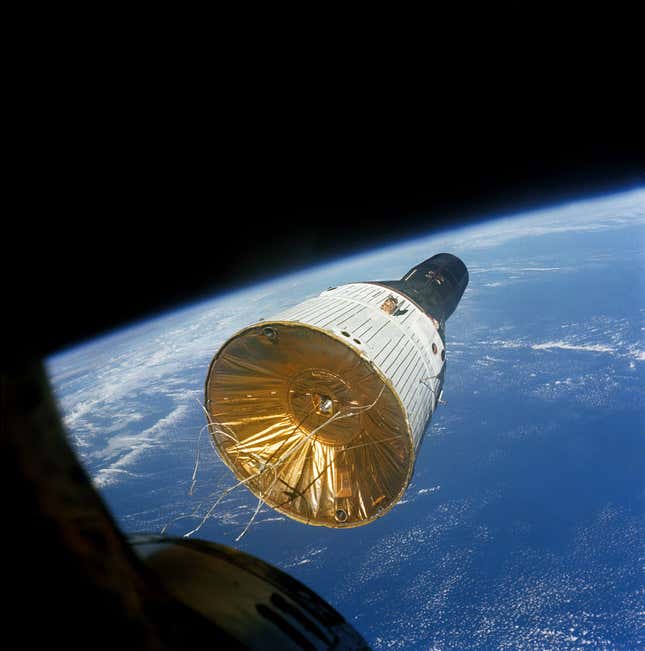
After astronauts obtained a style of orbital area, it was time to coach them for the Moon. Undertaking Gemini served as a bridge between Mercury and Apollo.
With the Gemini missions, NASA achieved the first rendezvous of two human spacecraft in orbit. On this picture taken on December 15, 1965, the Gemini VI spacecraft may be seen by way of the hatch window of Gemini VII at an altitude of 160 miles (258 kilometers) above Earth.
In contrast to the Mercury spacecraft, which was simply barely sufficiently big to suit one astronaut, the Gemini capsule carried two astronauts on board. By way of their missions, the astronauts may change the capsule’s orbit, work exterior of the spacecraft, and stay in area for no less than two weeks.
The Apollo Command and Service Module

On July 20, 1969, NASA astronauts Neil Armstrong and Edwin “Buzz” Aldrin Jr. grew to become the primary to land on the floor of the Moon.
The Apollo 11 crew rode on board the Apollo Command and Service Module (CSM), named Columbia, which transported them to lunar orbit. From there, the pair hopped on the Lunar Module, which they used to landing on the Moon’s floor, whereas pilot Michael Collins remained on board the CSM spacecraft in orbit. The Lunar Module (LM) took off from the Moon on July 21, and the crew returned to Earth three days later. So on this sense, NASA utilized two crew-rated spacecraft for the mission: CSM and LM, although the latter may solely return astronauts again to area from the lunar floor.
The picture above was taken on December 14, 1972, revealing a view of the CSM, which was piloted by Apollo 17 astronaut Ronald Evans, from the Lunar Module, which has astronauts Eugene Cernan and Harrison Schmitt on board.
The Area Shuttle
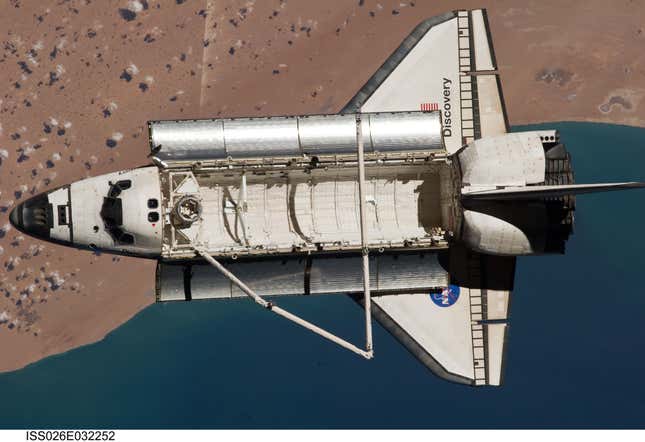
NASA’s iconic Area Shuttle period spanned throughout 30 years, working from 1981 to 2011. The partially reusable low Earth orbital spacecraft flew a complete of 135 missions, carrying astronauts to orbit, repairing {hardware} in area, and even serving to to construct the most important construction in Earth’s orbit, the ISS.
Associated article: The Space Shuttle Was a Beautiful—but Terrible—Idea
The Area Shuttle not solely elevated NASA’s entry to area, however it additionally impressed a brand new period in spaceflight. Within the above picture, the Area Shuttle Discovery is seen from the ISS after the 2 spacecraft had separated on March 7, 2011.
The Soyuz crew ship
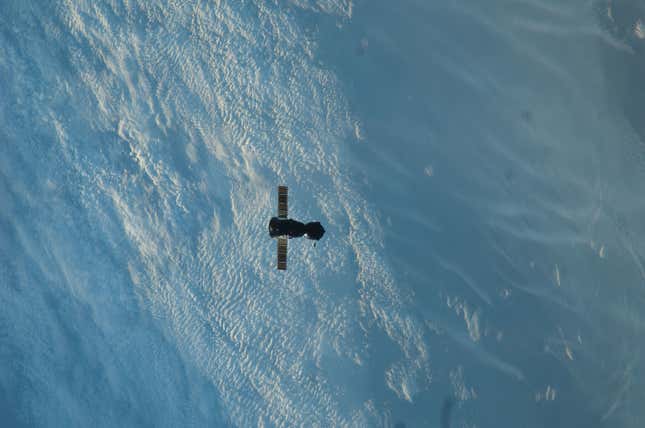
Following the retirement of the Area Shuttle, NASA relied heavily on Russia’s Soyuz spacecraft to move its astronauts to the ISS. Soyuz was designed for the Soviet area program and has been operational for the reason that Nineteen Sixties. In contrast to its orbital counterparts on this record, this spacecraft was not developed by, or with the assistance of, NASA however it nonetheless deserves an honorable point out. The spacecraft launches from Kazakhstan and takes about six hours to reach on the ISS. A seat swap arrangement with the Russian space agency Roscosmos sometimes sees NASA astronauts nonetheless driving aboard the Soyuz.
SpaceX Crew Dragon
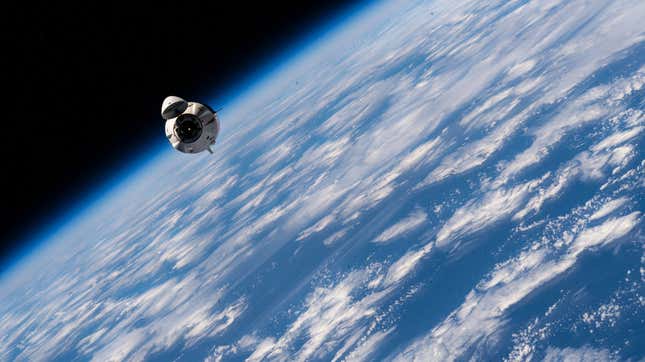
NASA wanted to cease relying so closely on Soyuz for rides to the ISS, and so it cast partnerships with personal corporations to assist launch its astronauts to area.
On the time SpaceX was awarded its NASA contract, it was the less expensive proposal at $2.6 billion. Boeing was seen as a extra dependable firm with a greater observe file. It’s secure to say issues have drastically modified since then, with SpaceX launching its eighth crew to the ISS in March 2024 whereas its counterpart lags terribly behind.
SpaceX’s Dragon spacecraft is able to carrying as much as seven passengers to and from Earth orbit, and measures at 26.7 ft tall (8 meters). It’s geared up with two drogue parachutes to stabilize the spacecraft after it reenters by way of Earth’s ambiance, plus 4 principal parachutes to decelerate it previous to an ocean touchdown.
Boeing’s CST-100 Starliner
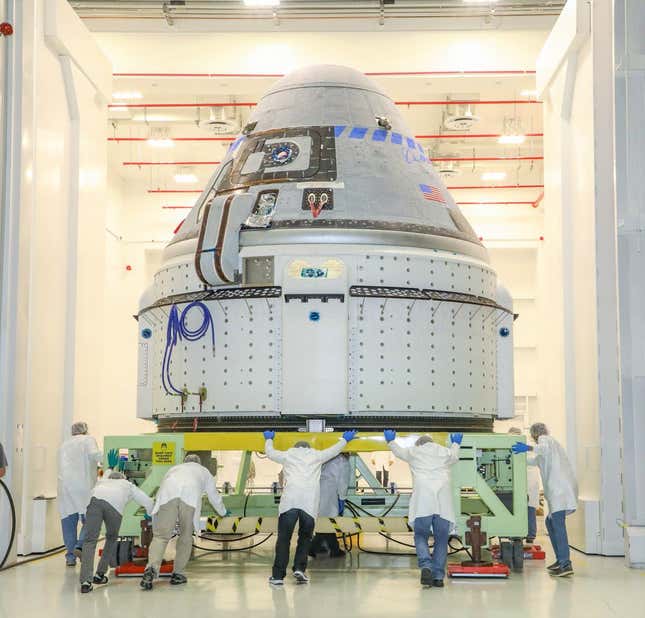
The $4.2 billion CST-100 Starliner was first conceived in 2010, constructed on a protracted legacy of designing and constructing spacecraft for Apollo. The spacecraft measures 14.8 ft (4.5 meters) throughout and might match as much as seven astronauts, and is across the identical dimension because the Dragon crew capsule.
Associated article: Let’s Look Back at Boeing’s 10-Year Struggle to Launch Humans on Starliner
In contrast to SpaceX’s Dragon spacecraft, nonetheless, Starliner has traditional hand controls and switches, in addition to touchscreens. The Crewed Flight Test (CFT) will carry NASA astronauts Butch Wilmore and Suni Williams on board Starliner.
Orion
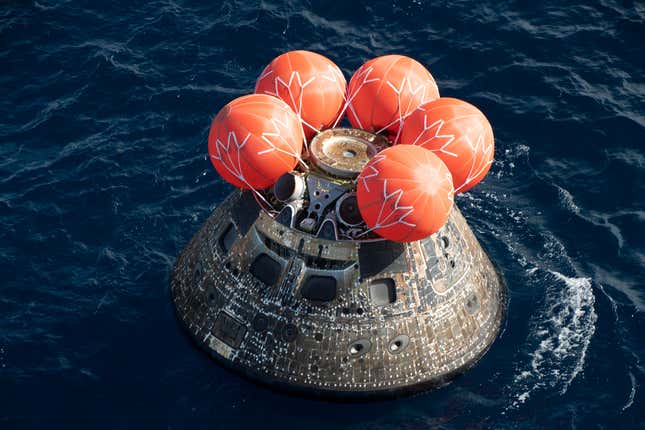
As NASA prepares to land astronauts on the Moon, the area company developed a crew capsule to hold its next-generation explorers to lunar orbit. The spacecraft has but to carry out a mission with precise astronauts on board, however the vessel is crew-rated and prepared for the duty.
The Orion capsule is designed to hold a crew of 4 astronauts to past Earth orbit and accommodate its passengers for as much as 21 days. Orion already flew to the Moon and back during the uncrewed Artemis 1 test flight in late 2022, and it’s presently being prepped for its first crewed flight in September 2025—the much-anticipated Artemis 2 mission. That mentioned, the capsule nonetheless has a few outstanding safety issues, together with a wonky warmth protect, that might jeopardize its upcoming mission.
For extra spaceflight in your life, observe us on X and bookmark Gizmodo’s devoted Spaceflight page.
Trending Merchandise

Cooler Master MasterBox Q300L Micro-ATX Tower with Magnetic Design Dust Filter, Transparent Acrylic Side Panel, Adjustable I/O & Fully Ventilated Airflow, Black (MCB-Q300L-KANN-S00)

ASUS TUF Gaming GT301 ZAKU II Edition ATX mid-Tower Compact case with Tempered Glass Side Panel, Honeycomb Front Panel, 120mm Aura Addressable RGB Fan, Headphone Hanger,360mm Radiator, Gundam Edition

ASUS TUF Gaming GT501 Mid-Tower Computer Case for up to EATX Motherboards with USB 3.0 Front Panel Cases GT501/GRY/WITH Handle

be quiet! Pure Base 500DX ATX Mid Tower PC case | ARGB | 3 Pre-Installed Pure Wings 2 Fans | Tempered Glass Window | Black | BGW37

ASUS ROG Strix Helios GX601 White Edition RGB Mid-Tower Computer Case for ATX/EATX Motherboards with tempered glass, aluminum frame, GPU braces, 420mm radiator support and Aura Sync

CORSAIR 7000D AIRFLOW Full-Tower ATX PC Case – High-Airflow Front Panel – Spacious Interior – Easy Cable Management – 3x 140mm AirGuide Fans with PWM Repeater Included – Black









